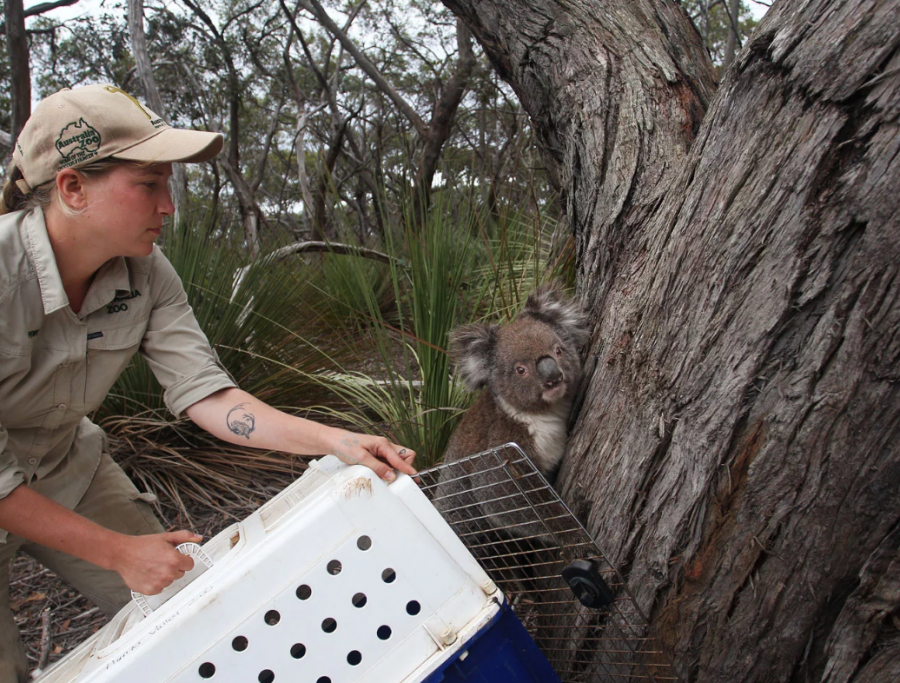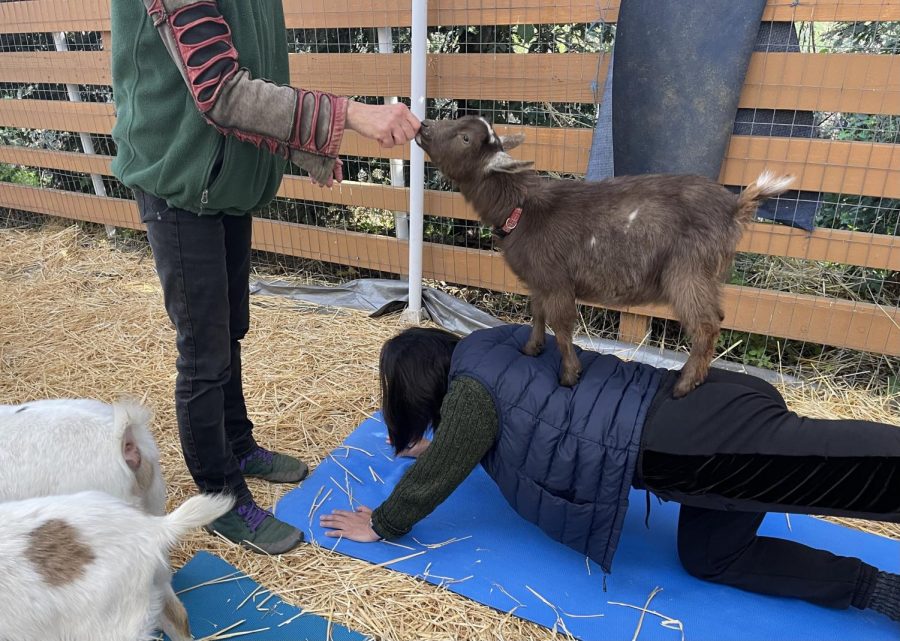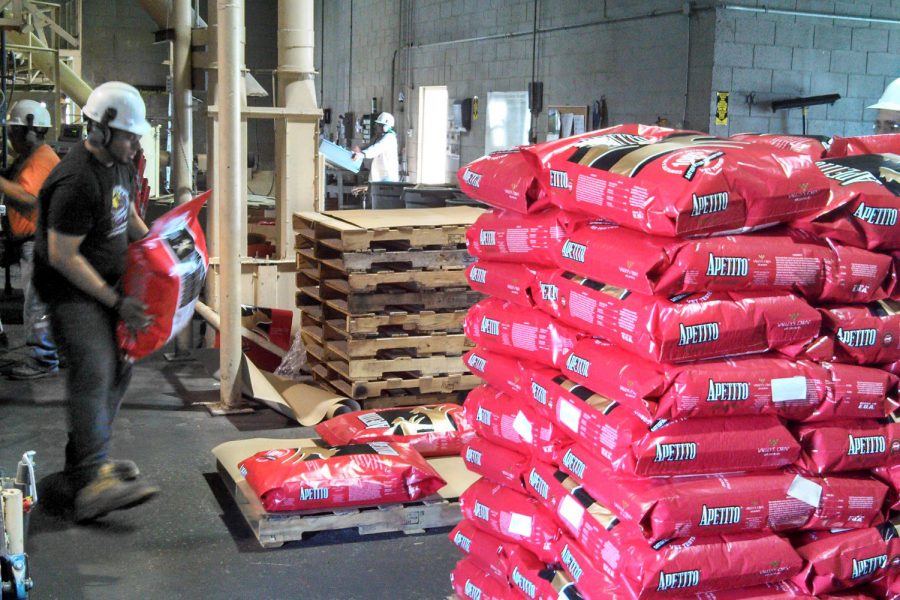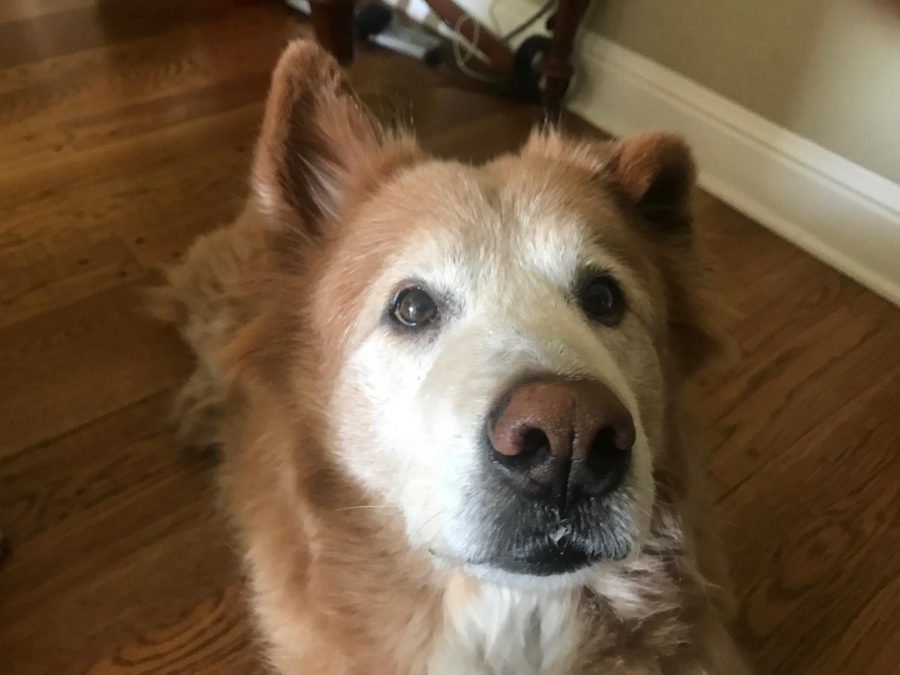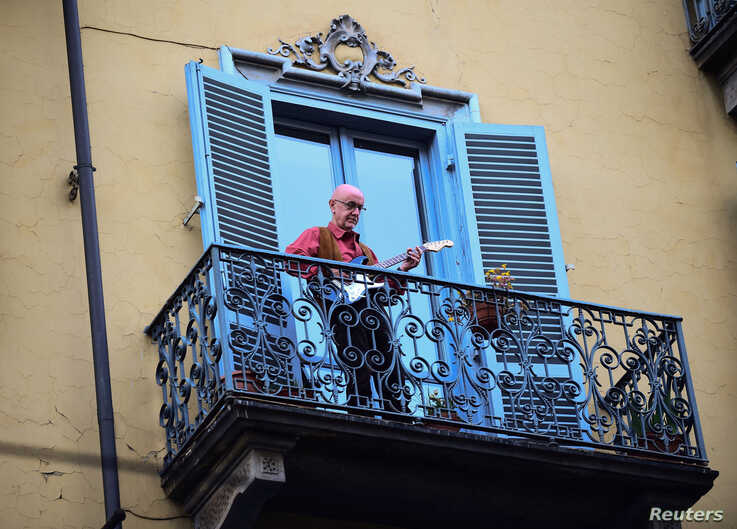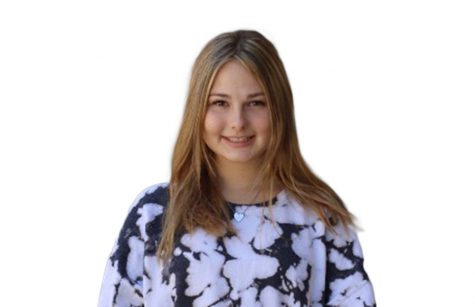In spite of all that’s happening in the world today, there is some good news to be shared. Recently, some koalas that were injured in the recent Australian bushfires were re-released into the wild.
Australia has not had it easy during the past couple of months.
In November 2019, the government declared a state of emergency as bushfires rapidly spread across the continent. More than 2.5 million acres of land were charred and millions of people’s lives were changed forever. Soon thereafter, they were faced with the worldwide COVID-19 pandemic.
Needless to say, some positivity is a nice change.
A group called Science for Wildlife has been one of the leading groups in the effort to rehabilitate koalas that were injured in the fires.
“We have been busy assessing the burnt area that we rescued them from to establish when the conditions have improved enough that the trees can support them again,” said Dr. Kellie Leigh, executive director of Science for Wildlife.
The koalas were rescued from the Blue Mountains and treated for their burns at Taronga Zoo. The four released yesterday are the first of many that are expected to be released this week.
“The recent rains have helped and there is now plenty of new growth for them to eat, so the time is right,” Leigh said.
One of the noteworthy koalas is Anwen, a four-year-old female. Her photos went viral after she suffered from burns that covered over 90% of her body.
After five months of specialized care, she was finally released back into the wild at the Lake Innes Nature Reserve in New South Wales. She is one of 49 koalas who spent time at the Port Macquarie Koala Hospital. Now, she, along with her fellow patients, can finally go home.
“When I first heard about how many koalas were injured in the fires it broke my heart,” said Nikita Yentus, a Carlmont student. “It’s reassuring to hear that a lot are making a recovery.”
The remainder of koalas still in rehabilitation will continue to heal from their injuries. They are expected to be split into three groups. In the coming weeks, they will be released back to their original habitats: Crowdy Bay, and two areas in the Lake Innes Nature Reserve.
“While we are all facing difficult and uncertain times, this incredible story of hope serves as a reminder of the resilience of our incredible flora and fauna and people,” said Phillipa Harrison, managing director of Tourism Australia.
Anwen’s Story by Cambell Kirk

